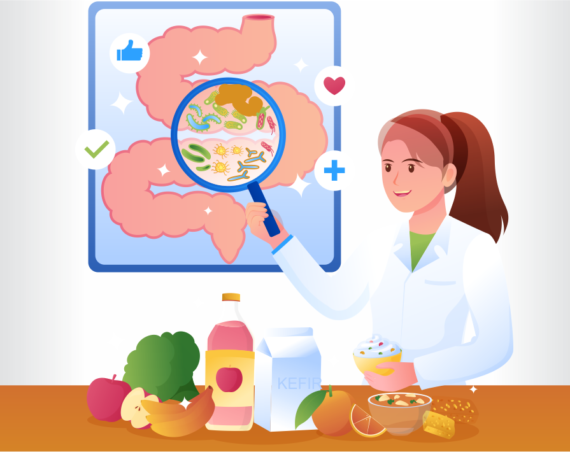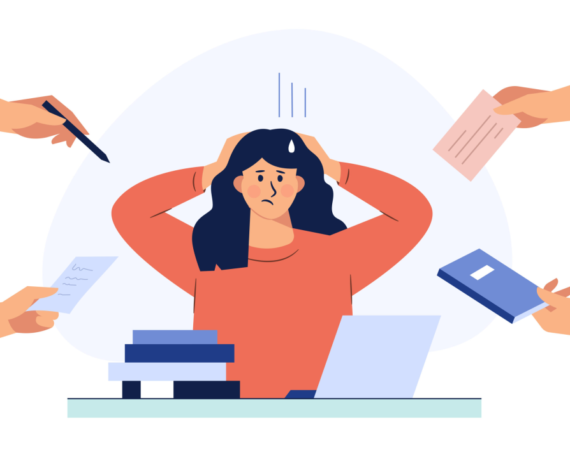Encountering
headaches is a nightmare for many, especially those who have scheduled office
meetings. Plans go haywire, and daily activity suffers due to headaches. One of
the most intense forms of headaches is migraine, and it takes a toll on
day-to-day activities. Women are more prone to migraine than men, and the ratio
is three to one. According to various research activities, women face more
frequent migraines than men.
Causes
There
are four stages of migraine, and these are prodrome, aura, attack, and
postdrome. Migraine can be triggered by certain smells, loud noises, intense
sunlight, flashing lights, etc. Food and drinks like caffeinated drinks,
alcohol, chocolate, pickled foods, and yeast may make things worse.
On
many occasions, hormonal activities in women can cause severe migraine in
women. Menstrual migraines are expected up to two days before the menstrual
cycle and three days after the cycle. It is also associated with menopause,
pregnancy, hormonal replacement therapy, etc.
Lack
of sleep, stress, anxiety, etc, are also likely causes.
Symptoms
Symptoms
can range from nausea, dizziness, double vision, slurred speech, and a pounding
headache that starts in the forehead and slowly spreads to the side of the head.
Pain is often experienced on one side of the head, and sometimes, it includes
the ears.
There
are different kinds of migraine, such as classic migraine, usually associated
with flashing lights, colors, a pattern of lines, or shadows; common migraines,
migraine without head pain, where there is a feeling of migraine symptoms sans
pain.
Then
there are Hemiplegic migraines that cause one side of the body to become weak
and is like encountering a stroke.
Prevention
The
intense form of headache caused by migraines takes a toll on one’s health and
also affects family members. Visiting a medical professional and going in for
MRI/CT scans, blood, and imaging tests are recommended. Over-the-counter drugs,
pain relievers, and prescription medicines can provide much-needed relief.
However, this is not the long-term solution. Magnetic stimulation, relaxation
techniques, avoiding foods that trigger migraines, and drinking plenty of water
can keep migraines at bay.
There has been news of
neuro surgeries conducted on individuals and situations for patients and
practitioners. Many research activities are being undertaken in this regard.





